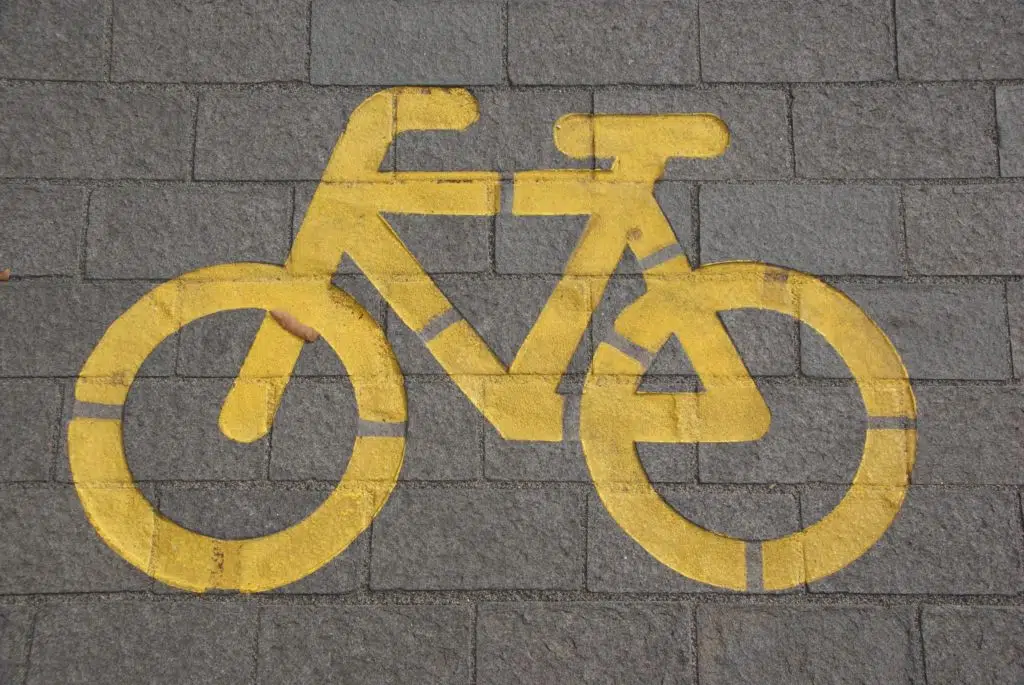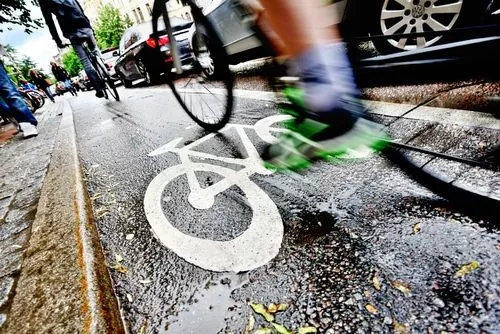Home » Blog » Car » Car Health & Safety » What You Need to Know About Driving in a Bike Lane
Categories
Tags
animal welfare
breed profile
buying a car
buying a pet
Car
car accessories
car care
car features
car insurance
Car safety
car sales
car service
cat
cat behaviour
cat body language
Cat Breeds
cat food
cat insurance
comprehensive car insurance
Dog
Dog Behaviour
dog body language
Dog Breeds
dog food
Dog Insurance
dog training
eco friendly cars
Kitten
New Car
pet accessories
pet activities
Pet Adoption
pet breeders
pet days of the year
pet fun stuff
Pet Health
pet insurance
pet parenting
Pet Safety
pet services
Puppy
rescue pets
road safety
road trip
safe driving
Recent Blog:
Facebook Posts
1 day ago
True or false: A stiff brake pedal can stop your car from starting? Answers here…![]()
![]() 3 Reasons For a Stiff Brake Pedal and Car That Won't Start –
... See MoreSee Less
3 Reasons For a Stiff Brake Pedal and Car That Won't Start –
... See MoreSee Less
3 Reasons for a Stiff Brake Pedal and Car That Won't Start
www.pd.com.au
Help! My car isn't starting and the brake pedal is stiff - why?! First of all, if your brake is stiff and car won't start then you've already pieced3 days ago
Growing old sometimes means we can’t take care of pets anymore. Find out some advice on what to do when this happens:![]()
![]() Senior Pet Parents – Contingency Plans for Your Pet –
... See MoreSee Less
Senior Pet Parents – Contingency Plans for Your Pet –
... See MoreSee Less
Senior Pet Parents' Contingency Plans for Pets
bit.ly
Sometimes senior pet parents need more downtime. For older pet owners, this can be tricky to navigate if their dog or cat is full of beans and wants to5 days ago
Celebrating World Vet Day by expressing our gratitude to all the wonderful vets out there! You're the real heroes for our fluffy companions. #WorldVetDaye#ThankYouVetsu#PDPetsdpets
... See MoreSee Less
The road rules around driving in a bike lane can be tricky even if you’re not a new driver. To avoid landing on the wrong side of the law familiarise yourself with what’s OK and what’s not. If you want to arm yourself with knowledge then you’ve come to the right place. When is it okay to drive in a bike line? How far can you drive in a bike lane? Read on…
But before you do, know that some rules can differ slightly in each state/territory. Yep, good ol’ Australia.
What is a bike lane?
A bike lane is a special purpose lane specifically designated for bike riders. It will be clearly marked with a “bike lane” sign at the beginning of it, so you can easily identify it. If there isn’t a specific sign, then it’s not a bike lane even if there are yellow or white bike symbols on the road.
Bike riders can choose whether to use a bike lane or the road, as it’s not mandatory to use them. Personal mobility devices like mobility scooters are not allowed to use a bike lane. Before you head back on the road, check the signs used to identify bike lanes.
You might now be wondering how a bike lane differs from a bike path. The latter usually runs alongside the road rather than as part of it or along off-road areas. It will be clearly marked with a ‘Bicycle path’ sign. People riding skateboards, foot scooters, roller blades, wheelchairs and mobility scooters can use them but other vehicles are only allowed to drive on a bike path if entering or leaving a road, having first given right of way to path users.

Driving in a bike lane: Is it allowed?
Freely driving in a bike lane or any special purpose lane is against the law under most circumstances. If you’re not riding a bike then it’s usually not your lane to use. However, there are exceptions to the rules.
When can you drive in a bike lane?
Circumstances that permit driving in a bike lane include when you need to pass a vehicle turning right and to enter or leave a side street, as well as another traffic lane or parking space. You’re also allowed to use a marked bike lane to stop if there aren’t any road markings indicating otherwise.
Can you drive in a bike lane? Yes, driving in a bike lane is allowed when you need to:
- Avoid an obstruction on the road.
- Obey traffic signs operating in the lane.
- Enter a marked lane from the side of the road
HOWEVER: Before entering a bike lane, you must first give way to bikes.
How far can you go when driving in a bike lane?
Driving in a bike lane is only allowed when necessary, as per the instances above, and for no more than 50 metres. The same applies to all special purpose lanes.
Before you’ve completed your lap of the pool, so to speak, you should be hightailing it outta there!

Tips to safely share the road and bike lanes
Adhering to the road rules in general and exercising common courtesy will ensure the safety of all road users. Here are some safety tips for motorists:
- Avoid driving in bike lanes unless necessary.
- Indicate with plenty of warning to show your intention to enter or turn into a bike lane further up, so bike riders understand what’s to come and can exercise caution.
- Give bike riders right of way when you’re turning across a bike lane.
- Watch out for bike riders at all times on the road, especially at intersections or roundabouts.
- Keep a distance of at least 1 metre from a bike rider to your side if you’re travelling on a road with a 60 km/h speed limit and 1.5 metres if you’re travelling at a speed over 60km/h.
- Look out for bike riders when driving in residential streets, as they’re more likely to frequent these.
Keen for more safe motoring info? Read our article on safe driving tips to protect you and your family on the roads.
Fines for driving in a bike lane
It’s worth getting up to speed on when you can drive in a bike lane and other rules as you can be fined. No point in saying “Ooops, I thought the answer to ‘Can you drive in a bike lane’ was always ‘yes'”. Drivers caught negligently driving in bike lanes or around cyclists may liable to fines across states in Australia.
Here are some of the penalties you could be facing:
- Any driver caught driving too close to a cyclist in NSW can be fined $349 and be given two demerit points.
- In VIC a fine of $330 and two demerit points is issued for putting a cyclist at risk.
- Drivers caught overtaking cyclists at an unsafe distance in QLD face a fine of $413 and three demerit points added to their licence.
- In WA offenders caught not overtaking cyclists safely will be slapped with a $400 and four demerit points on their licence.
- Drivers in the NT face a fine $157 for failing to overtake at a safe distance.
Read more about road rules you may not know about.
Click on this video for a summary of some of the road rules involving cyclists:
Consider insurance for those unforeseen situations
Can you drive in a bike lane? Most of the time, no. Can car insurance cover your toosh if you get in trouble for it? Nope. However, although car insurance can’t assist if you get a fine for breaking the law, it can help in the unfortunate case of accidental damage to your car.
At PD Insurance we want you to stay happy and safe that’s why we think it’s worthwhile covering your bases with affordable and comprehensive car insurance. You might even like to read these tips on how to save money on car insurance before you take the plunge with a particular provider.
Share On:




